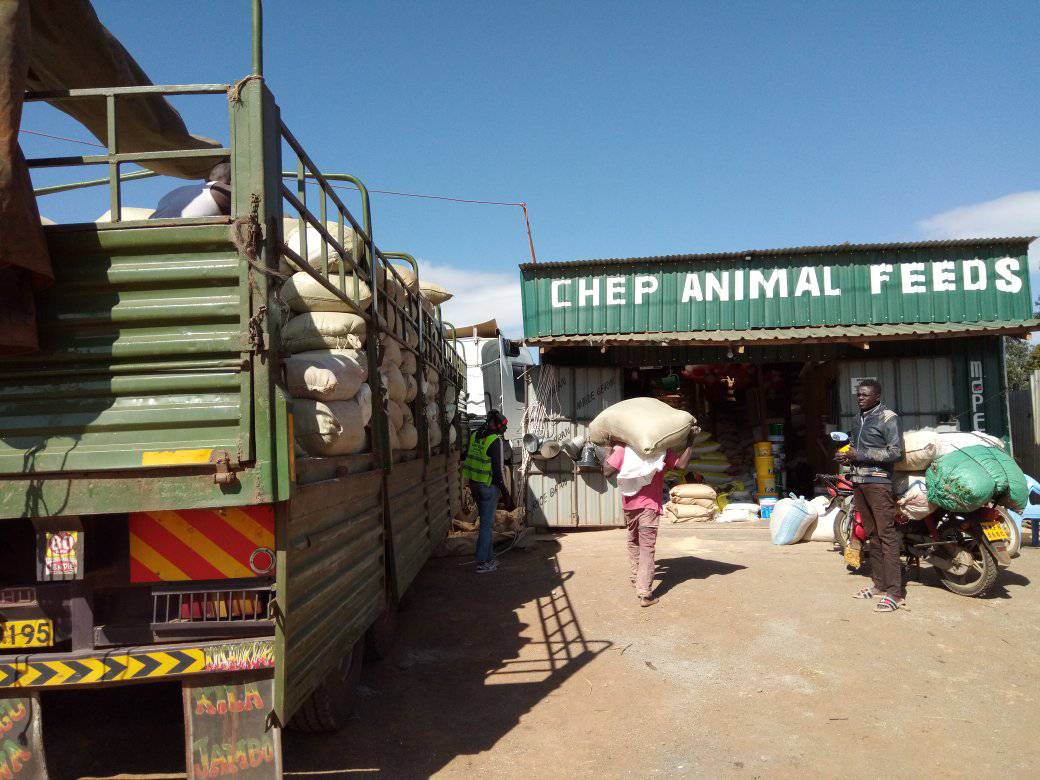Dairy farmers in Uganda are set to benefit from an improved milk booster feed that doubles milk production and is pocket friendly largely due to the use of locally available materials like molasses and maize bran.
The new milk booster is an end product of combined efforts by a team of researchers from Makerere University led by Dr. Fred Kabi department of Agricultural production. According to Dr. Kabi, the product is expected to bolster the rapidly growing dairy industry as well as mitigate malnutrition, extreme hunger and poverty through improved milk production, nutrition and improved daily cash flow among farmers. The milk booster is a new innovation involving the use of sugar cane industrial waste of molasses mixed with other ingredients like maize bran, cotton seed cake, urea, mineral salts and lime. The project was born three years ago under a research titled ‘Participatory research for technology development on use of Molasses Urea Blocks (MUB) and local feedstuff for improved dairy cattle production in Uganda.’
In order to successfully carry out the project, the researchers partnered with Kakira Sugar Works Ltd, Kakira Outgrowers Rural Development Fund (KORD) and Dairy Development Authority (DDA), to conduct a participatory research for technology development aimed at utilizing sugarcane industrial waste like molasses for improved dairy cattle productivity in Uganda.
Related News: Intercropping Napier and desmodium raises milk output
“Our concept was hinged on building on the complementary synergies between the private sector who have the necessary raw materials and the scientists from the public sector who are equipped with knowledge,” explained Kabi. Using this concept the team has developed a molasses urea dairy supplementary feed which increases milk production by over 50percent.
According to Dr. Kabi, the Milk booster has a rear component which is urea that facilitates proper functioning of the microbial population in the rumen. “With the new technology from Novus International, the milk booster has been fortified with micronutrients and aflatoxin binders which will not only improve on productivity of the dairy animals but also step up the keeping ability of the feed for over one year.” Kabi further advised that one needs to accustom the animal to the feed for four days before embarking on full supplementation.
The moment the animal gets used to it, it will improve on its digestibility because it increases the rate of food fibre breakdown by the microbial population in the gastro-intestinal tract. By supplementing 1 kg per animal per day, a farmer increases milk production by over 30 percent .For instance a cow producing 10 litres will increase milk production to about 15 litres while the one producing 20 litres increases to about 30 litres per animal per day hence improved daily cash flow, better household nutrition, better health of the calves that will constitute tomorrows herd for the farmer.
Related News: Dairy farmers raise incomes five fold through fodder conservation
Related News: Meru dairy farmer banks on genetics to turn profit as feed costs rise
Farmers having evaluated the product in a stakeholders meeting that involved scientists, the private sector, local government in the early stages of research they agreed to set its’ retail price at UGX1000.However the pricing may fluctuate mainly due to the changes in the prices of molasses which is one of the major component for manufacturing the milk booster. The milk booster has already been tested on 100 dairy farms in the districts of Jinja, Iganga, Kamuli, Mayuge and Mukono with impressive results.
According to Dr.Kabi, driven largely by dairy, the livestock sector has maintained positive growth rates averaging 3percent per annum compared to the declining growth rates registered in the food and cash crop sub-sectors. “Innovative affordable discoveries like our new found research on milk booster will help shape the livestock and dairy industry to competitive edge like other neighbouring countries especially Kenya.

















